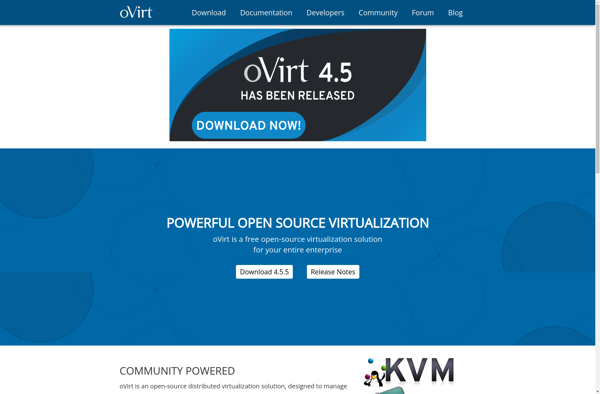Citrix Hypervisor

Citrix Hypervisor: Open-Source Server Virtualization Platform
Citrix Hypervisor is an open-source server virtualization platform that allows you to manage virtual machines, storage, and networking. It is based on Xen hypervisor technology and provides a simple yet powerful toolset for virtual infrastructure.
What is Citrix Hypervisor?
Citrix Hypervisor, formerly known as Citrix XenServer, is an enterprise-grade open-source virtualization platform powered by the Xen hypervisor. It allows you to manage virtual machines, storage, and networking in a simple yet robust manner.
Some key capabilities and benefits of Citrix Hypervisor include:
- Supports hosting Windows, Linux, BSD and Solaris operating systems as virtual machines
- Built-in tools for VM lifecycle management, storage and network configuration
- Live migration of VMs between hosts for zero downtime maintenance
- Dynamic memory control to efficiently allocate resources to VMs
- Integrated distributed virtual switching for software-defined networking
- High availability with automated VM failover
- Centralized management console for monitoring infrastructure
- Active directory integration for access control and automation
- APIs and command line tools for automation and integration
- Free to use with commercial-grade support available
With its small footprint, high performance and reliability, Citrix Hypervisor is well-suited for on-premises and cloud-based virtual infrastructure. The platform scales from small test environments to large production deployments while providing cross-platform support, security enhancements and flexible networking.
Citrix Hypervisor Features
Features
- Bare-metal hypervisor architecture
- Live migration of VMs
- Distributed virtual switching
- High availability
- Disaster recovery
- Storage optimization
- Automated VM lifecycle management
Pricing
- Free
- Open Source
Pros
Cons
Reviews & Ratings
Login to ReviewThe Best Citrix Hypervisor Alternatives
Top System & Hardware and Virtualization and other similar apps like Citrix Hypervisor
Here are some alternatives to Citrix Hypervisor:
Suggest an alternative ❐Virtualizor

Cloud Workspace Management Suite
Danube Cloud

XCP-ng

OVirt

Fleio

SmartOS

VMware Server
